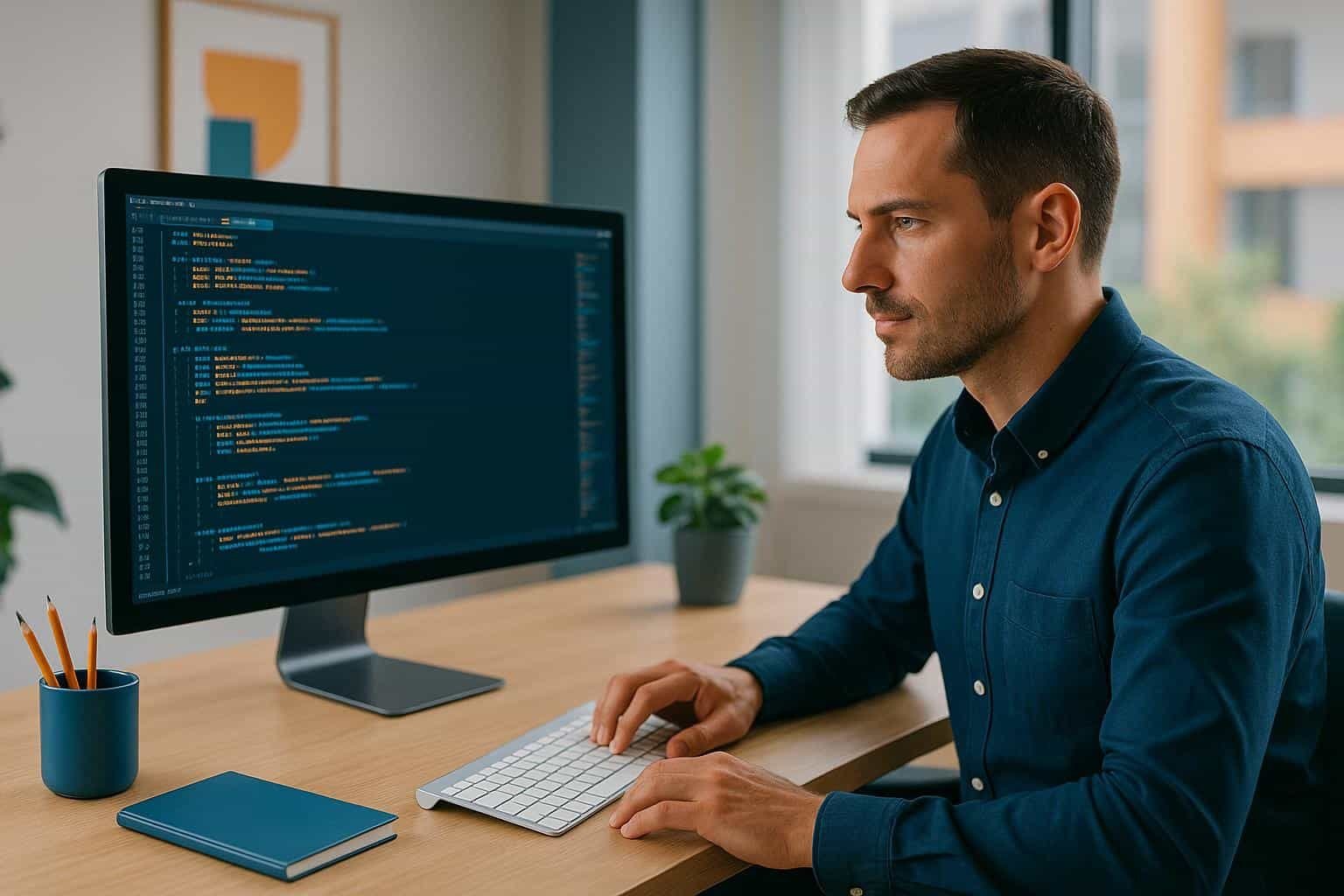Make Existing Assets Work with You Virtually | Virtual Reality
Join our round table discussion on using existing assets to get started with Virtual Reality
OpenArc employees Dan Costantino and Erron Flaherty sit down and talk about using existing assets in VR.
| Dan: |
I have a customer that is interested in a VR project. But they’re not sure where to start, they don’t have a ton of resources to dedicate to this project. What are some simple things that a customer would need to get started with a potential VR project?
|
| Errron: |
So are they looking to display products? Is it a site that they have potentially, like a warehouse?
|
| Dan: |
They want to showcase their products in specific scenarios that are not easily replicated through flyers or normal marketing.
|
| Erron: |
A lot of companies have done things like training videos where another company may have produced something where, if we have access to those assets, we could also use that in our virtual reality environment to create an interactive experience as opposed to something just like a video.
|
| Dan: |
Okay. So assets. What does that mean? Because like I said, none of these people have produced a VR.
|
| Erron: |
Yeah, so in the case of products a company produces, a lot of times their engineers will develop CAD drawings of those things just for specification purposes and whatnot. A lot of times those assets can be converted into a format we can use in virtual reality. A lot of times even the moving parts of those assets, we can break that out and replicate the functionality, where in a virtual world, whatever that device is supposed to do, we can actually emulate that virtually.
|
| Dan: |
Okay. So we’re talking lights, gauges, literally moving parts?
|
| Erron: |
Yeah. Even a user interface, if you have a screen on one of these things. If we have the information on how that is supposed to function, a lot of times it can replicate that, or you’ve got an interface within your virtual environment that you’re looking at first person.
|
| Dan: |
Okay. So CAD files are one asset. Are there any other things? I mean, I’ve seen 3D renderings and things like that that may not actually be CAD files–
|
| Erron: |
Yeah. Well, a lot of times if they had a 3D rendering done for them in the past, like I said, a video or even just static images sometimes for presentations, if they have those source files that were used to generate that, a lot of times there’s a quick and easy pipeline to get that, again, into whatever format we need to put that into a virtual reality setup.
|
| Dan: |
Are there specific file types I should ask for, or–?
|
| Erron: |
Not really specifically. Most formats, I’d say, there is some pipeline somewhere that’s going to convert between them. 3D Studio Max is probably a common one. COLLADA is probably industry used to convert from different types of software platforms between them. But, like I said, any software solution out there usually has a way to get it into other applications.
|
| Dan: |
Now, I’ve seen you do a couple things with barebones stuff. I mean, you can take detailed pictures of items and make that somehow a 3D rendering.
|
| Erron: |
Yeah, so with good lighting and enough detail, if you get close enough to these things, a lot of times you can actually take the image itself and just map that onto a 3D model, so it makes look very realistic. Again, it kind of depends on the lighting. If you have a bright light shining from one section and not from another, that can affect how it looks like when you’re then applying lighting to it in a virtual world. So having the right kind of photography is important.
|
| Dan: |
Will you have to– so if it’s just a flat image, will you have to build the 3D model to kind of wrap that around?
|
| Erron: |
Yeah, but having those images taken from the right perspective can help a lot in giving some good reference material to create those 3D models.
|
| Dan: |
Okay. And I mean, how long– if you have the assets, if you have a CAD, I mean, how long does a virtual reality application take?
|
| Erron: |
If I’m starting from good CAD files, depending on the interaction with those things, it could be anywhere from a week or two to–
|
| Dan: |
To months?
|
| Erron: |
Yeah. 10, perhaps.
|
| Dan: |
Okay. So not a normal application or anything like that? A mobile application would take months to potentially over a year?
|
| Erron: |
Yeah, again, depending on complexity.
|
| Dan: |
Okay.
|
To watch the video on YouTube, visit https://youtu.be/R-DYo26PLG4 and to learn more about Virtual Reality development at OpenArc, visit https://www.openarc.net/vr










